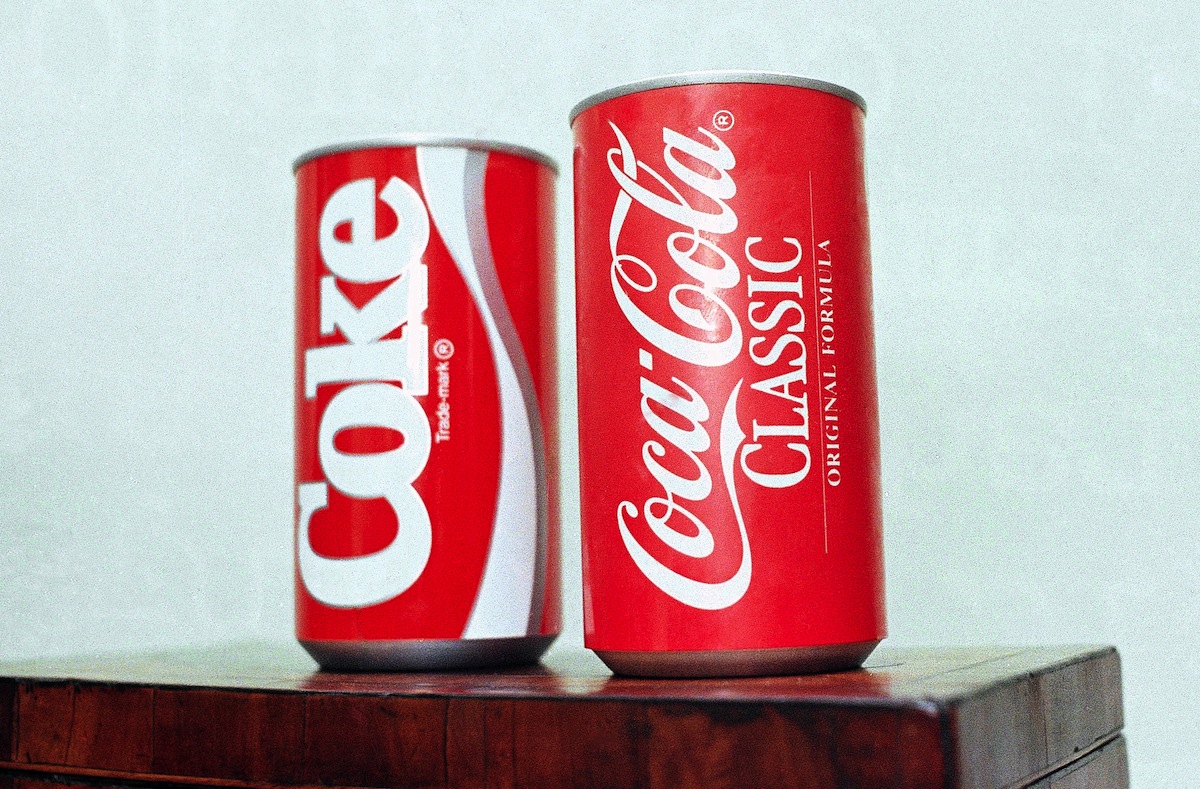
Network executives had been understandably hesitant to interrupt the nation’s most popular daytime soap opera. Yet viewers raised few complaints after ABC’s Peter Jennings broke into General Hospital, on July 10, 1985, to tell them that, bowing to public outrage and stunned by the anemic sales figures of its replacement, Coca-Cola was moving to put its original soft-drink formula back on the market.
This decidedly welcome news came just 79 days after the traditional version had been pulled abruptly to make way for “New Coke.” The almost palpable chagrin enveloping the company’s official press briefing on the about-face was a far cry from the unrestrained bravado that had marked CEO Roberto Goizueta’s announcement back on April 23 that Coca-Cola was scrapping its jealously guarded secret formula, which had gone unchanged for almost a century, in favor of a new mixture that he promised would be a “bolder,” “rounder” and more “harmonious” flavor. He failed to mention that it would also be markedly sweeter—doing so would have meant admitting that the more sugary appeal of Pepsi was steadily encroaching on Coke’s market share. The radical change struck consumer-marketing experts as more than a little risky, though Goizueta insisted at the time that he and his colleagues considered it “the surest move ever made.”
Not for long they didn’t, for company switchboards were soon drowning in a torrent of as many as 8,000 calls a day from irate consumers suddenly deprived of the dependable drink that had always suited them just fine. Like the otherwise matronly lady interviewed by Newsweek at an Atlanta supermarket who needed but a single sip of New Coke to declare, “It sucks,” most who rallied to pop-up protest groups like “Old Coca-Cola Drinkers of America” may have simply been taking their cue from their palates. Yet others appeared to be speaking more from their hearts as they likened Coke’s switcheroo to a blasphemous assault on their most cherished icons and precepts. Some compared it to burning the flag or rewriting the Constitution. “God and Coca Cola,” had been “the only two things in my life,” one complained in a letter, “now you have taken one of those things away from me.”
Stunned by this fierce and unrelenting backlash, not to mention New Coke’s disappointing sales, Coke’s spin-meisters scrambled to put the best possible face on the fiasco. Company president Donald Keough observed that, despite the extensive and expensive taste-testing that seemed to confirm New Coke’s surefire appeal, there had simply been no way to gauge the “deep and abiding emotional attachment to original Coca-Cola felt by so many people.”
While it is tempting to see the outcome of this miscalculation as a rare triumph of simple popular preference over the typically indomitable forces of modern marketing, its genesis actually lay in Coca-Cola’s historically acute sensitivity to shifting market factors, such as the massive socioeconomic and demographic changes that had begun to sweep across America after World War II.
Coke’s original formula was developed in 1886 by entrepreneurial Atlanta pharmacist John S. Pemberton. He briefly marketed it in syrup form to soda fountain operators before selling out to fellow Atlantan Asa G. Candler. The ambitious Candler then hired a small but extremely aggressive cadre of “drummers” who, by 1895, had established footholds for Coca-Cola in every state in the union, not only in major cities, but also in small-town pharmacies whose soda fountains were the principal, if not sole, community gathering places.
See Photos of Vintage Coca-Cola Signs from New York City to Bangkok

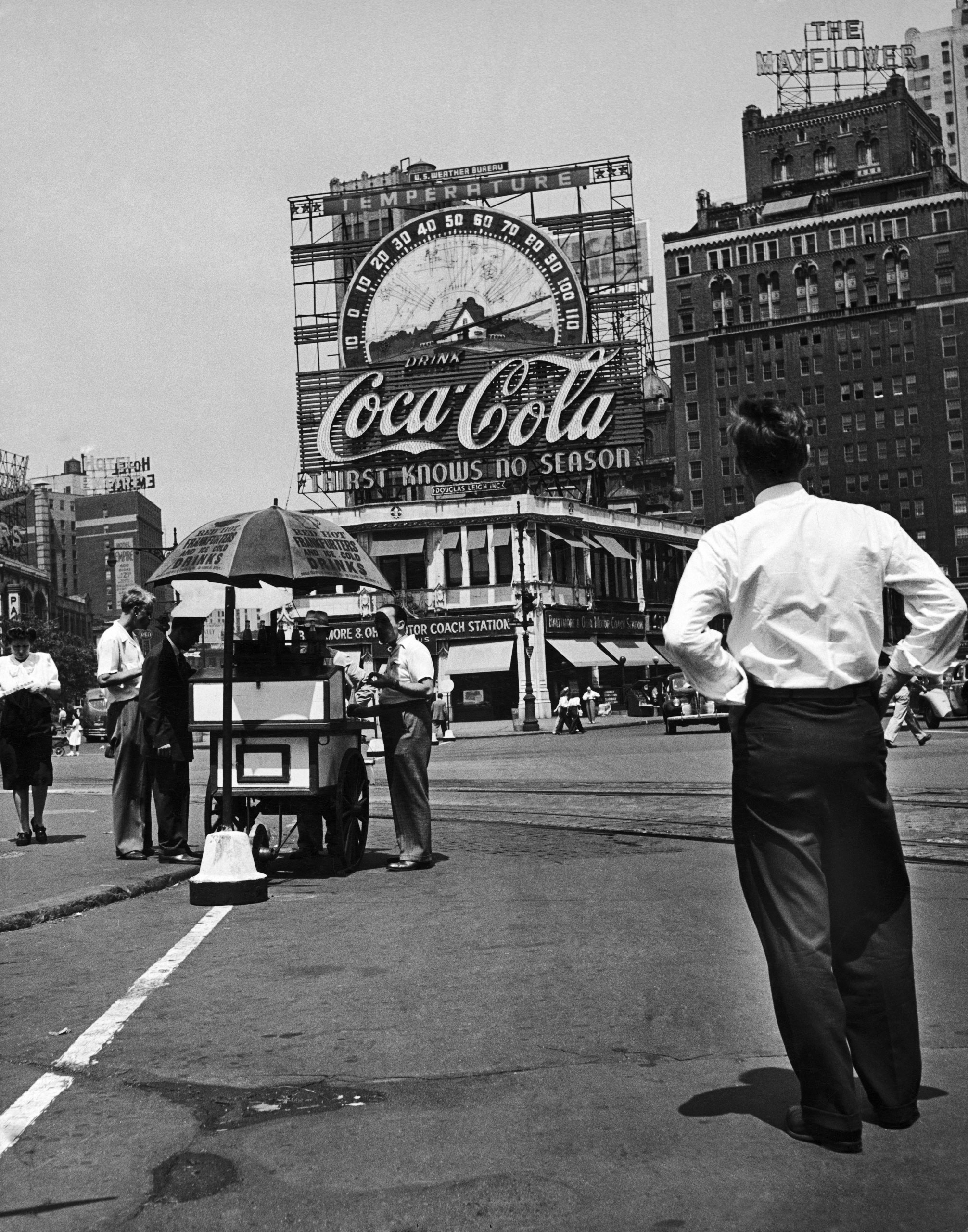

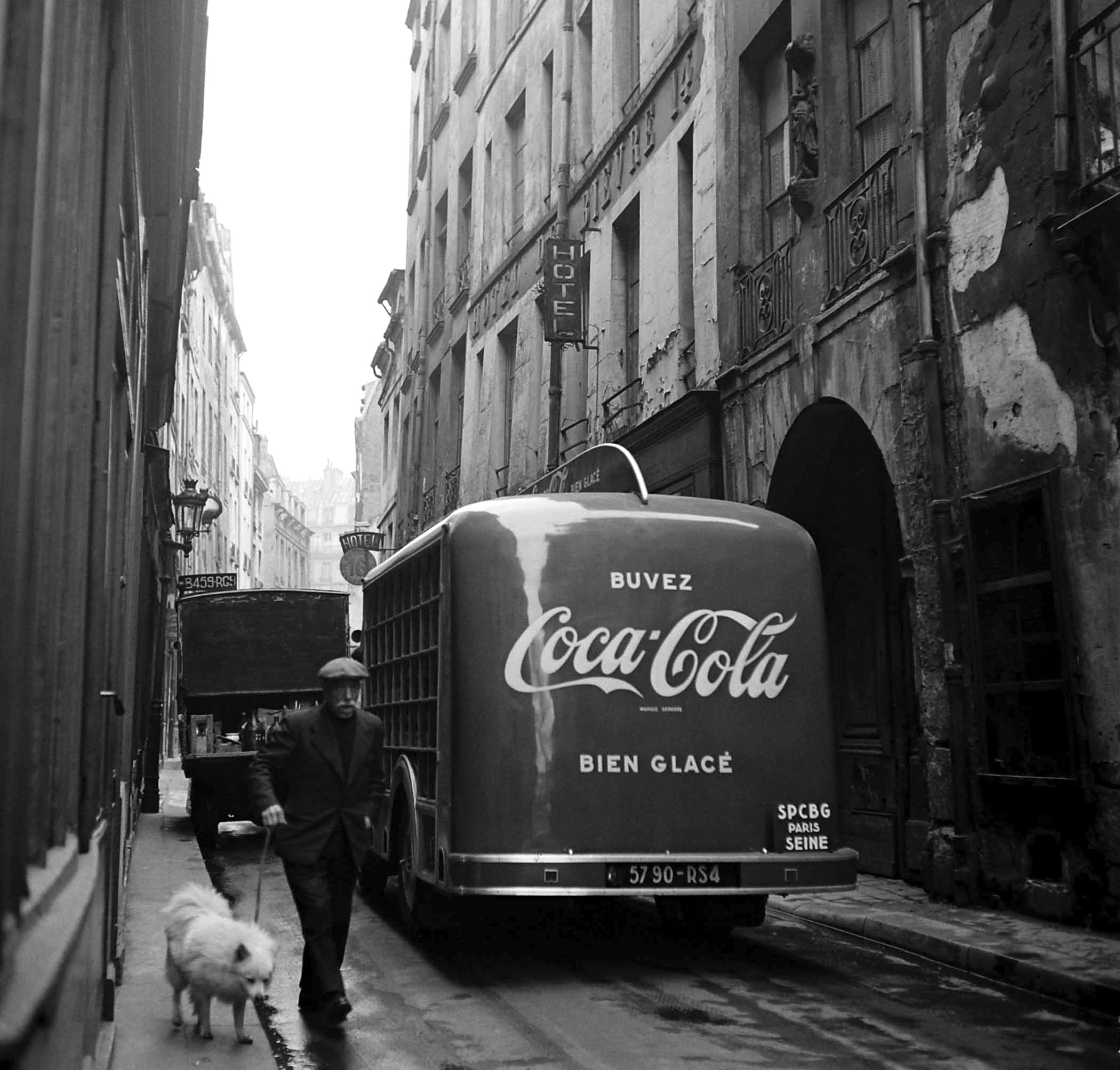



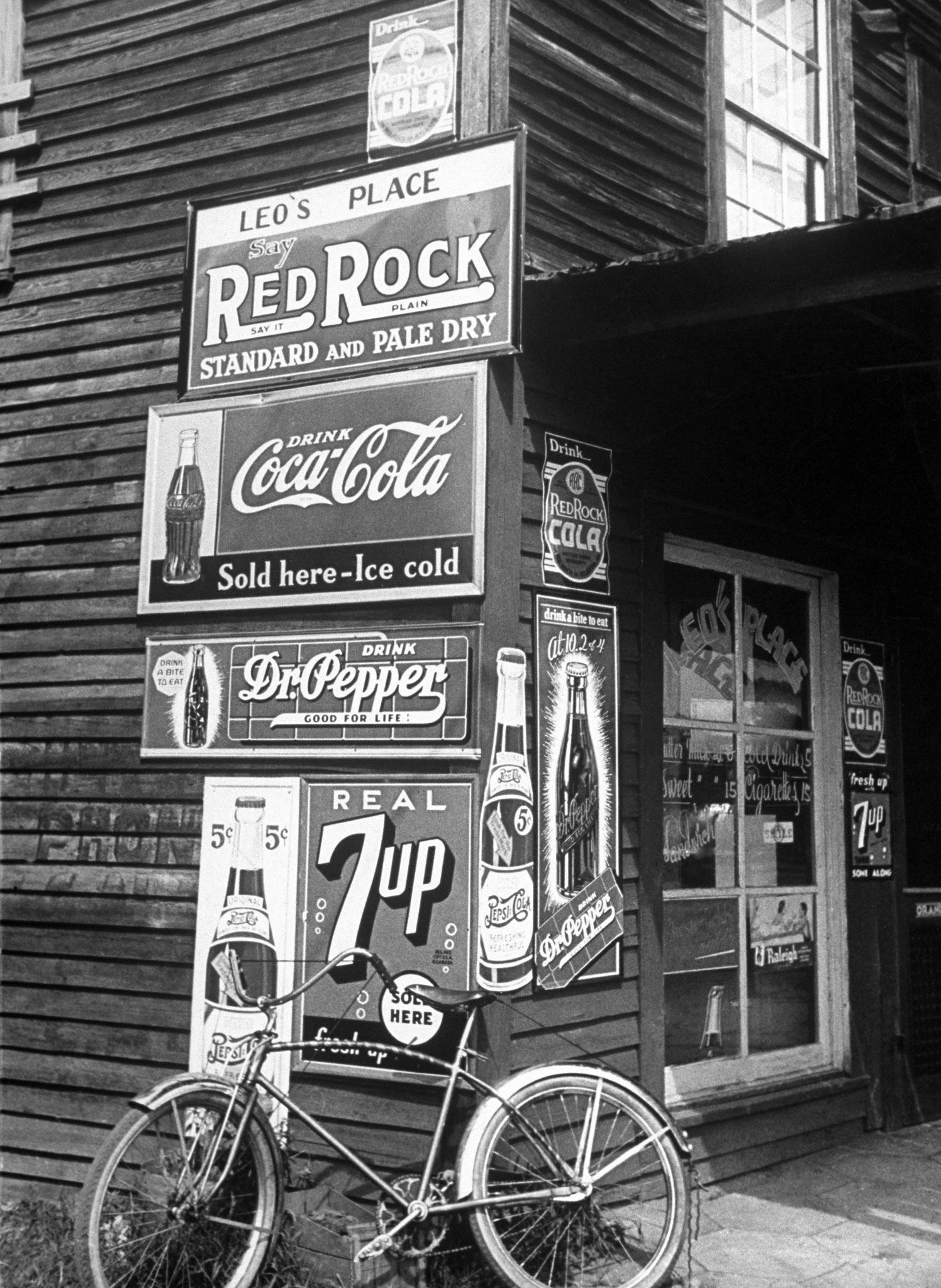
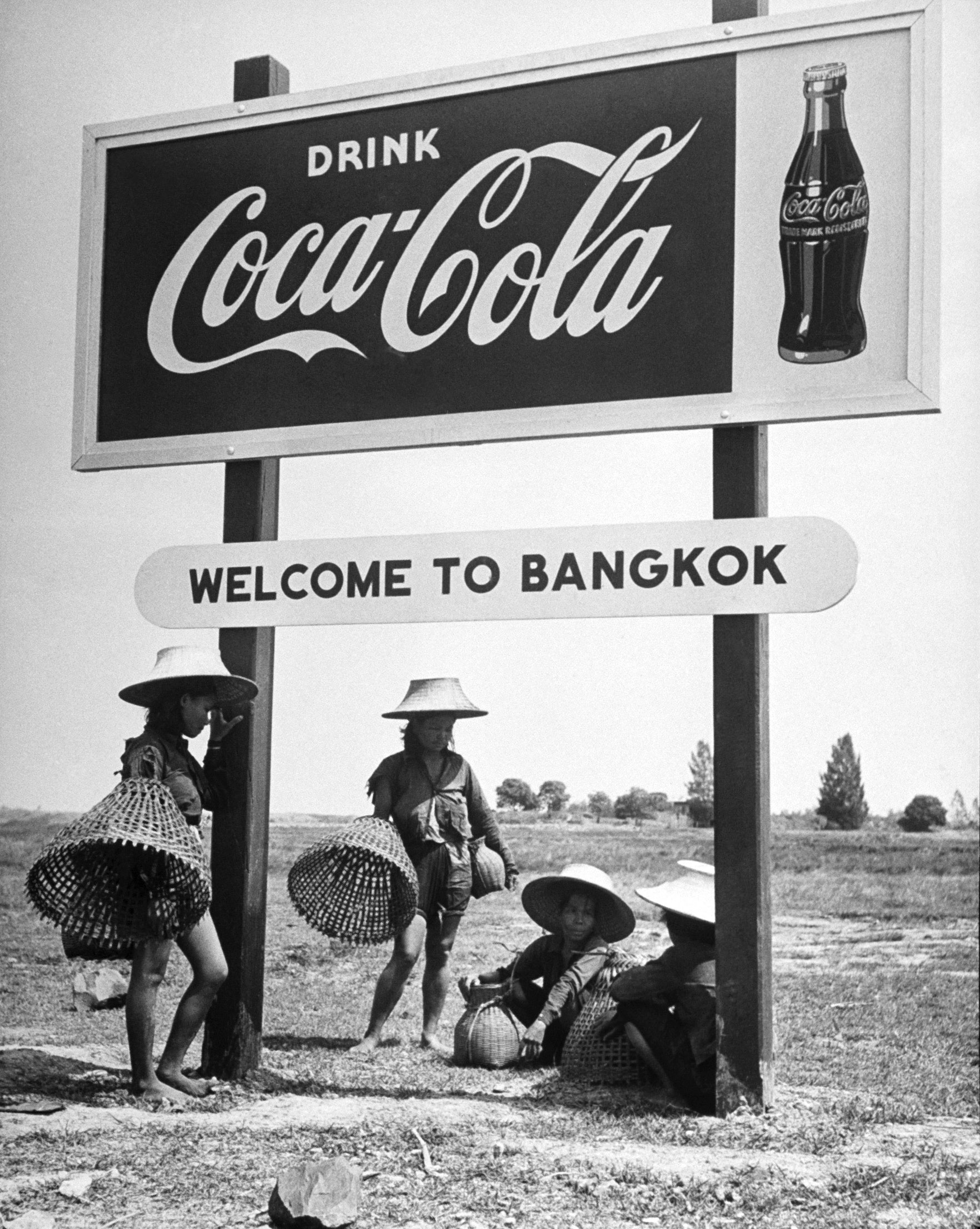
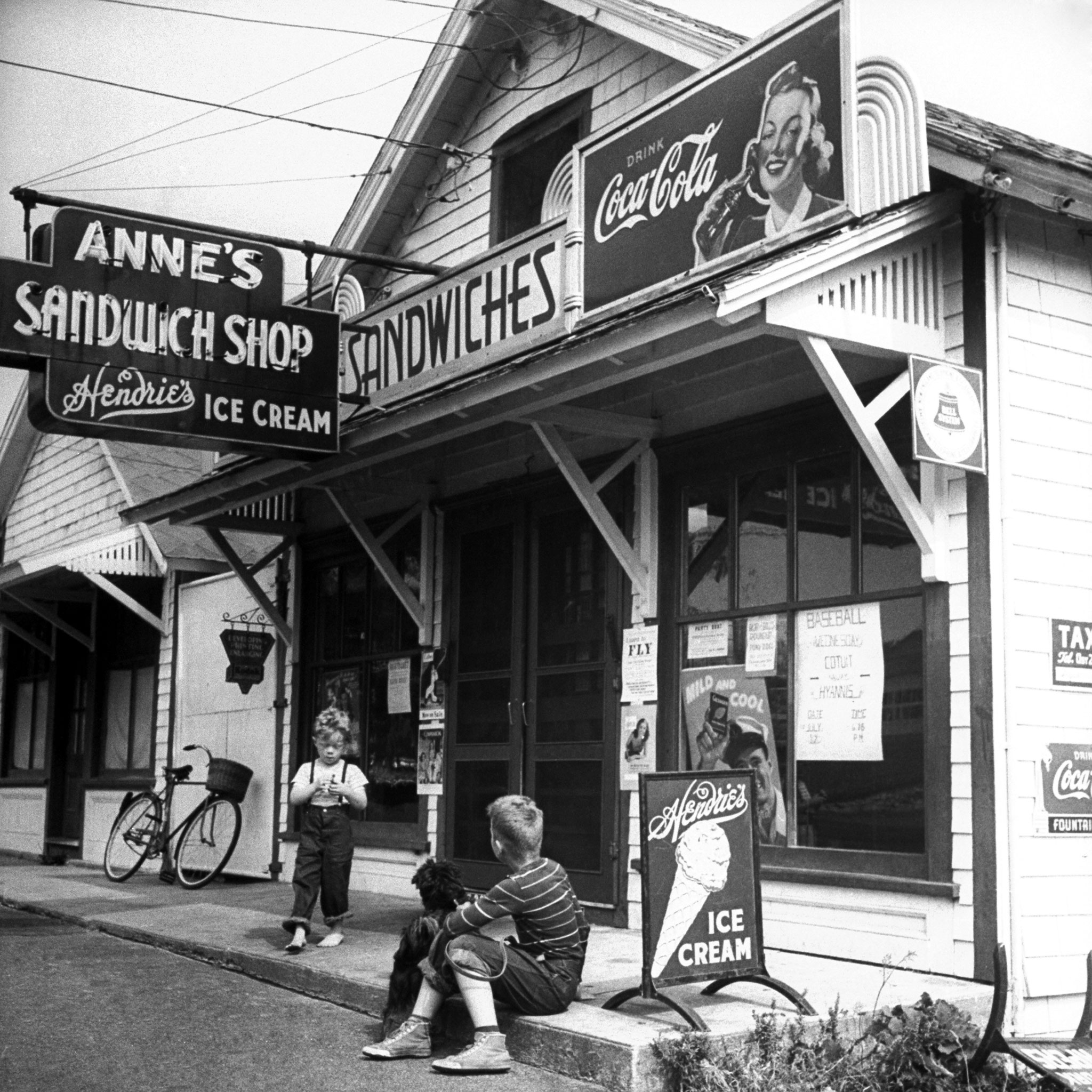


The pace of Coca-Cola’s conquest of rural America quickened after members of a fast-growing network of licensed distributors began to add 8 ounces of water to each ounce of syrup, and to bottle and market the mixture directly to local grocers and gas-station owners. Even after Mother Coke claimed her money upfront for the syrup, there were still substantial profits to be made for the bottlers, numbering some 1,200 by the 1920s, whose aggressive, self-interested marketing and crucial local connections proceeded to make Coke the drink not so much “of choice” as of “no other choice” for much of the American hinterland. Not coincidentally, it was here that resistance to New Coke would prove most virulent, especially below the Mason-Dixon line, where the old formula’s Atlanta ties had helped to make it a particular point of regional pride.
In time, however, the runaway rural outmigration that saw the nation’s suburban population roughly double between 1950 and 1970 would fundamentally alter the consumer landscape. Tiny, limited-inventory crossroads or small-town grocery stores sagged into obsolescence amid the explosive proliferation of large supermarkets, whose managers were more than happy to stock a multitude of additional soft-drink brands as part of the broader range of product choices deemed critical to keep their customers coming back. Supermarkets accounted for three-fourths of the nation’s grocery sales in 1982 and the rise of convenience-store conglomerates like 7-11 made the soft-drink sweepstakes even more competitive.
The nation’s single most popular soft-drink product, original Coca-Cola, had claimed roughly 60% of the market share in 1948, but, according to a New York Times report, that figure had dwindled to 21.8% by 1984 in head-to-head competition with standard Pepsi, whose consistently expanding share had grown to 18.8%. The Coke-Pepsi popularity contest had taken on additional significance by the 1980s, thanks to rapid expansion of fast-food restaurant chains, which, unable (either physically or contractually) to offer diners a full selection of beverage choices, were inclined to go with the one that seemed the first choice of the most people. (As historian Bartow Elmore has recently shown, another factor behind the decision to ditch the nonagenarian Coke recipe in 1985 arose from similarly long-lived rumblings about its cocaine content. Even after the drug was removed some 20 years after the formula’s inception, the always iffy continued reliance on “Merchandise # 5,” stealth code for de-cocainized coca leaves, seemed downright risky in the mid-1980s with Ronald Reagan’s “War on Drugs” gathering steam.)
Regardless of the reasoning behind the abortive New Coke initiative, Pepsi’s gains were quickly offset by resurgent enthusiasm for the familiar Coke flavor. In the end, what business school professors still cite as the ideal case study of a major marketing blunder can also tell us a great deal about how America responds to change. For nearly a century, Coca-Cola had thrived by responding to change. To the executives who pushed New Coke, it may have been a concession to just the latest forces beyond their control. But the outcry against the move came in no small measure from consumers resisting those same forces, which they saw usurping their personal prerogatives over even the mundane elements of daily life. Change may be inevitable, but it doesn’t always have to taste sweet—and neither, it turns out, did Coke.
Read more: Here’s What New Coke Tasted Like

Historians explain how the past informs the present
James C. Cobb is Spalding Distinguished Professor of History at the University of Georgia and a former president of the Southern Historical Association.
More Must-Reads From TIME
- The 100 Most Influential People of 2024
- Coco Gauff Is Playing for Herself Now
- Scenes From Pro-Palestinian Encampments Across U.S. Universities
- 6 Compliments That Land Every Time
- If You're Dating Right Now , You're Brave: Column
- The AI That Could Heal a Divided Internet
- Fallout Is a Brilliant Model for the Future of Video Game Adaptations
- Want Weekly Recs on What to Watch, Read, and More? Sign Up for Worth Your Time
Contact us at letters@time.com